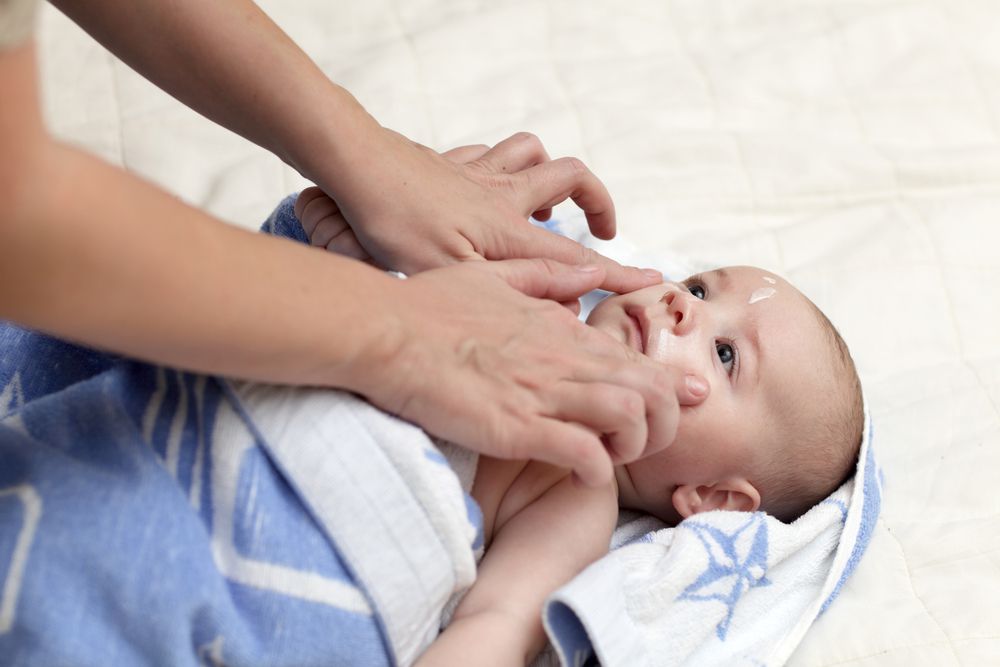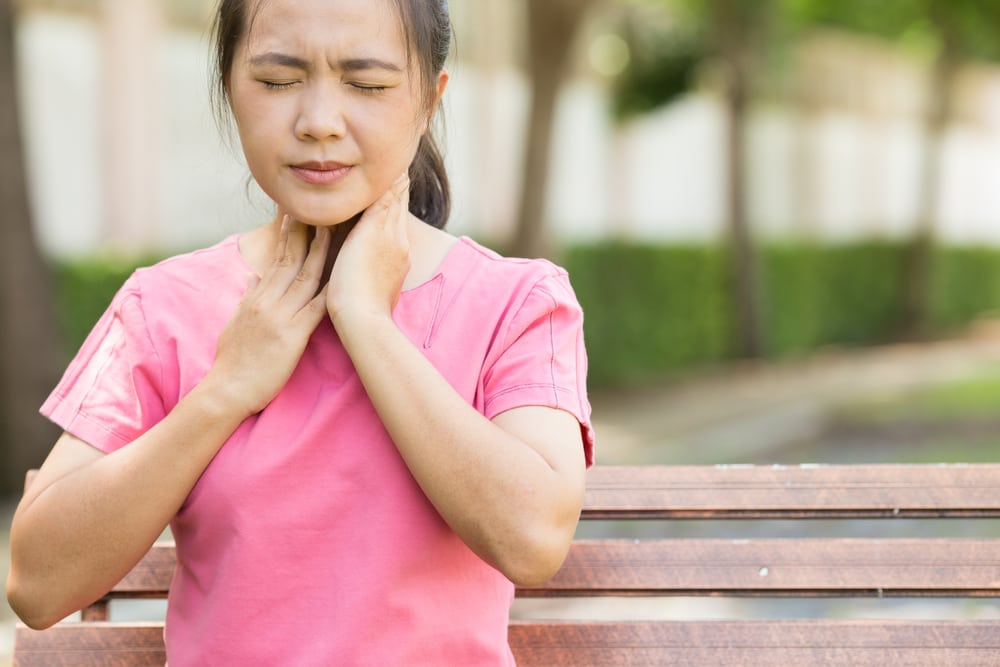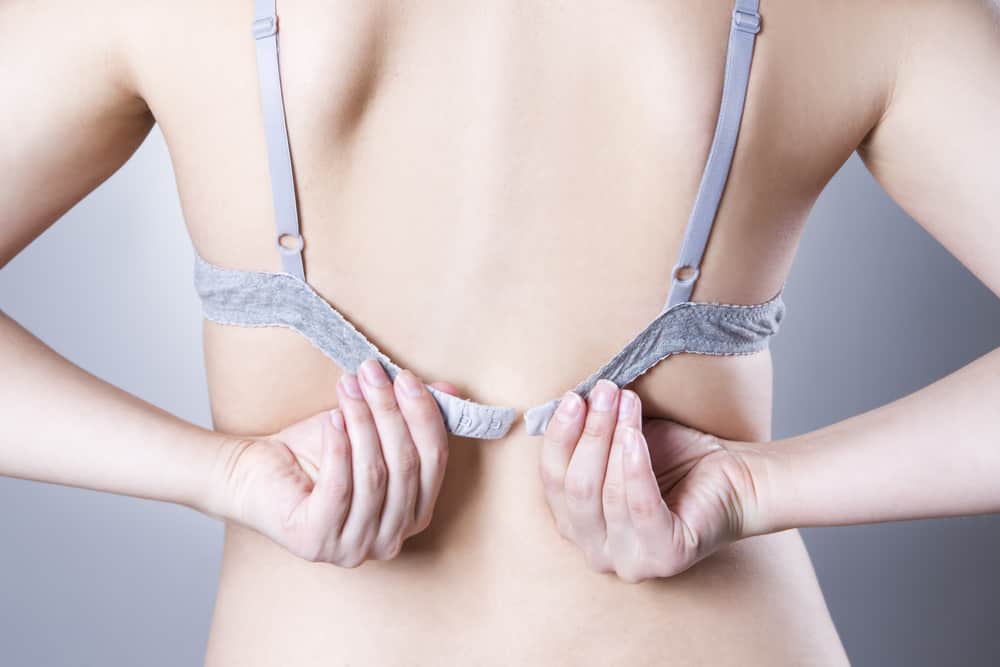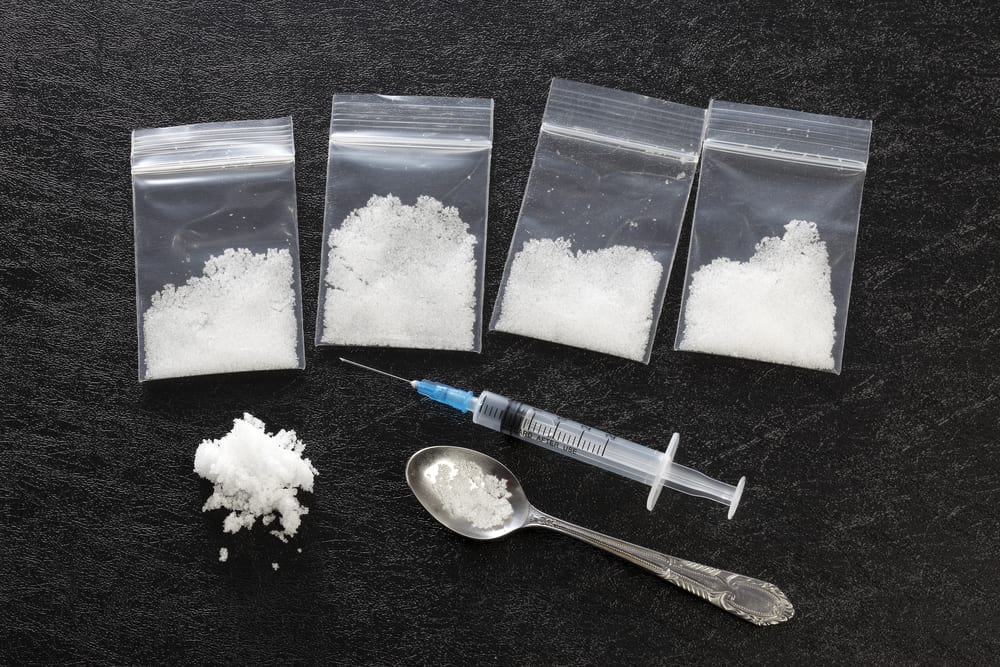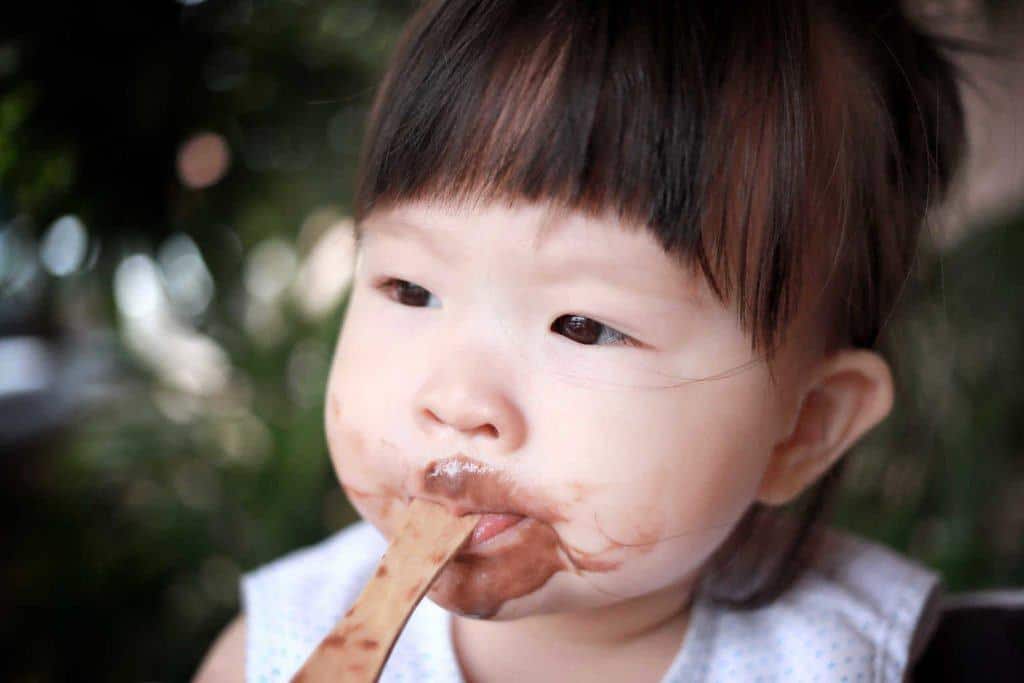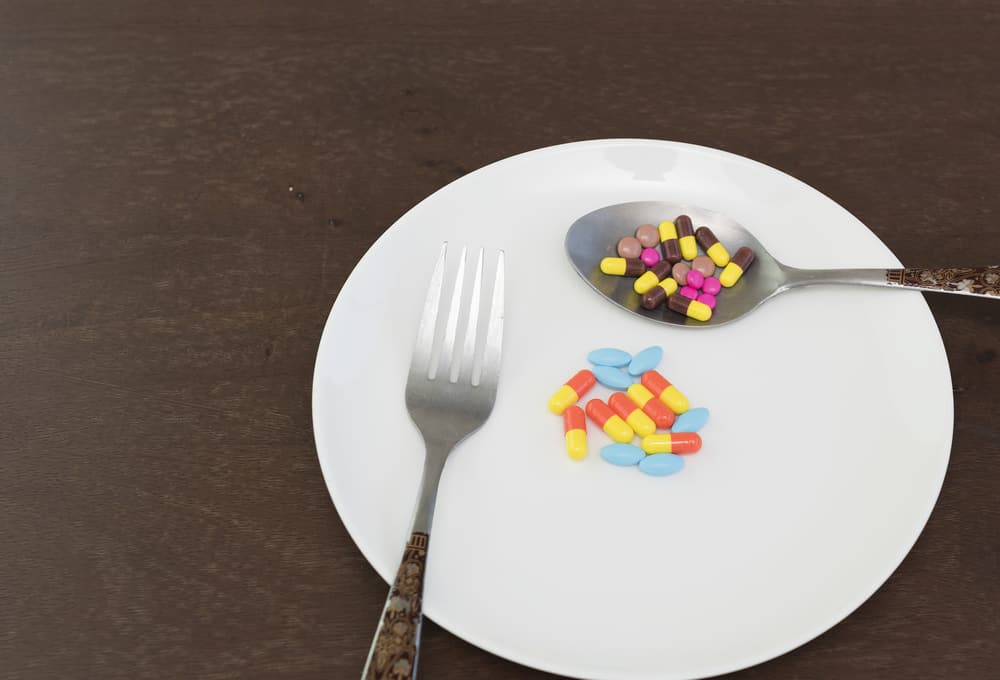Contents:
- Medical Video: Pediatric Answers : What to Do for a Rash on a Baby's Face & Chest
- What causes eczema on baby's skin?
- The cause of atopic dermatitis aka eczema on the baby's skin
- Causes of contact dermatitis in children
- What are the characteristics and symptoms of eczema on the skin of infants and children?
- What is the difference between itching and atopic dermatitis and contact dermatitis?
- How to treat eczema on the skin of infants and children?
- When should you take medicine to cure eczema on the skin of babies and children?
Medical Video: Pediatric Answers : What to Do for a Rash on a Baby's Face & Chest
Eczema is a general term used to describe a group of different skin conditions. Eczema on baby's skin is one of the conditions that often occurs in infants from birth to one year of age.
Acute eczema may appear with dry, flaking reddish skin (dry eczema), or sometimes in the form of small blisters that may begin to expel fluid - often called wet eczema. When eczema of the skin becomes a chronic condition (lasts for a long time), the skin tends to thicken, darken, also looks dry and becomes scaly with rough lines.
What causes eczema on baby's skin?
Atopic dermatitis and contact dermatitis are the two most common types of eczema on baby's skin.
The cause of atopic dermatitis aka eczema on the baby's skin
Atopic dermatitis or eczema often occurs in infants and children in families who have a history of atopic dermatitis, food allergies, asthma, fever, and environmental allergies. Although the cause of atopic dermatitis is unknown, genetics clearly plays a role as one of the causes, but the allergy relationship is not clear. In addition, atopic dermatitis is the first condition that appears in most children who experience other conditions listed above.
Causes of contact dermatitis in children
Meanwhile, contact dermatitis can occur when the skin comes in contact with irritants or allergens. One reason is repeated contact with irritants such as food (from orange juice or other acidic foods), clothes detergent, too strong soap, certain foods and medicines, and coarse wool or woven fabrics. In addition, one of the most common irritants is the child's own saliva, so that it can cause eczema of the skin around the mouth in children who like to lick or bite their lips.
Another form of contact dermatitis develops after the skin comes into contact with a substance that the child has an allergy if exposed. The most common are:
- Nickel jewelry or buttons on jeans or pants
- Certain flavorings or additives for toothpaste and mouthwash (this causes a rash around or in the mouth)
- Adhesives, dyes or skins used in shoe making (this material produces a reaction at the tips of the toes and toes)
- Dyes used in clothing (causing rashes in areas where clothing comes into contact with the skin or where there is an increase in sweat)
- Toxic plants, especially poison ivy, poison oak, and poison sumac. This rash usually appears within a few hours after contact (one to three days with poison ivy); and itching, and can cause small blisters
- Medications, such as neomycin ointment
What are the characteristics and symptoms of eczema on the skin of infants and children?
Eczema on the baby's skin usually develops in three different phases. The first occurs between the ages of a few weeks and six months, with itching, redness, and the appearance of small nodules on the cheeks, forehead, or scalp. This rash then often appears on the face and scalp and often spreads to the arms or body.
In school-age children, atopic dermatitis usually occurs on the elbows and knees. Scaly as discrete and round or unclear. Severe reddened skin and its surroundings too; accompanied by crusts of dead skin, blisters, and open wounds. While chronic symptoms usually the skin looks scaly, dark, and thickened.
The second stage of this skin problem occurs most often between the ages of four and ten years, and is characterized by discharge from a circular area, slightly raised, itchy, and scaly on the face or body. This condition is less runny and more scaly than the first stage of eczema, and the skin tends to slightly thicken. The most frequent location for this rash is in the elbow fold, behind the knee, and on the back of the wrist and ankle.
The third stage, characterized by areas of itchy and dry skin, scaly appearance, begins at around the age of twelve and sometimes continues until early adulthood.
What is the difference between itching and atopic dermatitis and contact dermatitis?
Although atopic dermatitis can be confused with other types of dermatitis, severe itching is an important indication that atopic dermatitis is the case. In many cases the rash disappears or improves at two or three years.
Contact dermatitis can be very itchy, but the pattern on the skin can often be distinguished from atopic dermatitis or other eczema. This can then provide instructions for the doctor to confirm the diagnosis and provide appropriate treatment.
How to treat eczema on the skin of infants and children?
If your child has a rash that looks like eczema, your pediatrician will need to check it to make a correct diagnosis and prescribe the right treatment. In some cases they can refer you to a dermatologist to confirm the diagnosis.
Eczema has no cure. But generally this skin condition can be controlled properly and will often recover after several months or years. The most effective treatment is to prevent the skin from becoming dry and itchy, and avoiding the triggers that cause a relapse. To do this:
- Use skin moisturizers (for example, creams or ointments) regularly and often to reduce dryness and itching.
- Give your child a daily bath in lukewarm water. After bathing, rinse twice to remove residual soap (which may be an irritant). Then use a cream or ointment within three minutes after exiting the tub to hold moisture.
- Avoid clothing that often triggers itching or irritation (wool or synthetic materials).
- If there is extraordinary itching, use cold compresses in the area, followed by the application of the prescribed medication.
Treating contact dermatitis is the same. Although it requires more effort to identify triggers, a dermatologist or allergist can do a series of patch tests. This test is done by placing a small patch of general irritation (or allergens) on your child's skin for forty-eight hours. If the skin reacts with redness and itching, then the substance is avoided.
When should you take medicine to cure eczema on the skin of babies and children?
There are many types of prescription creams and ointments available, so ask your pediatrician to suggest drugs that can control inflammation and itching. This treatment often uses steroids, which is the main treatment.
Creams or ointments should be used under the direction of the doctor. It is very important to continue using the drug as long as the doctor recommends using it. Stopping the use of drugs too quickly will cause a relapse condition. In addition to skin care, your child can also take antihistamines and antibiotics to relieve itching (sometimes taken as a cream) if the skin becomes infected. If your child has an infection often, consult your pediatrician about whitening soap.
Contact your pediatrician if any of the following conditions occur:
- Your child's rash is severe and does not respond to home remedies.
- A fever or infection occurs (for example, blisters, extensive redness, yellow crust, pain, or fluid flow).

